What Caused the Cambrian Explosion? – The Economist (2015)
It was a big curiosity for early geologists. For roughly 90% of the Earth’s history it appeared as if there was no life. After this long static period at about 542 million years from present life forms as we know of today began to appear bursting over a relatively short time (over 20 million years). Colloquially, this time period is called “Cambrian Explosion”. All of these life forms were of course aquatic: Annelids, arthropods, brachiopods, echinoderms, molluscs and ancestors of […]



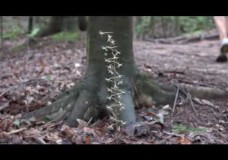
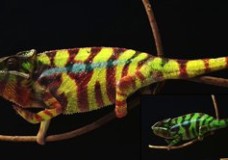

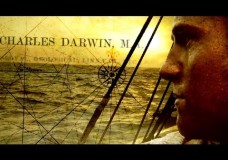
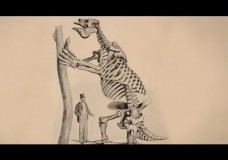
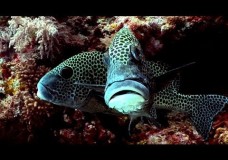

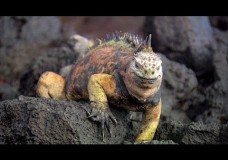
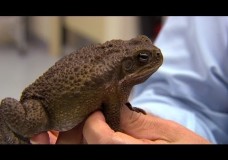

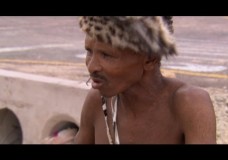
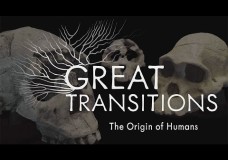
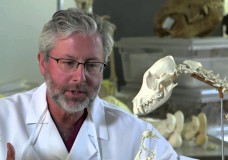

Recent Comments